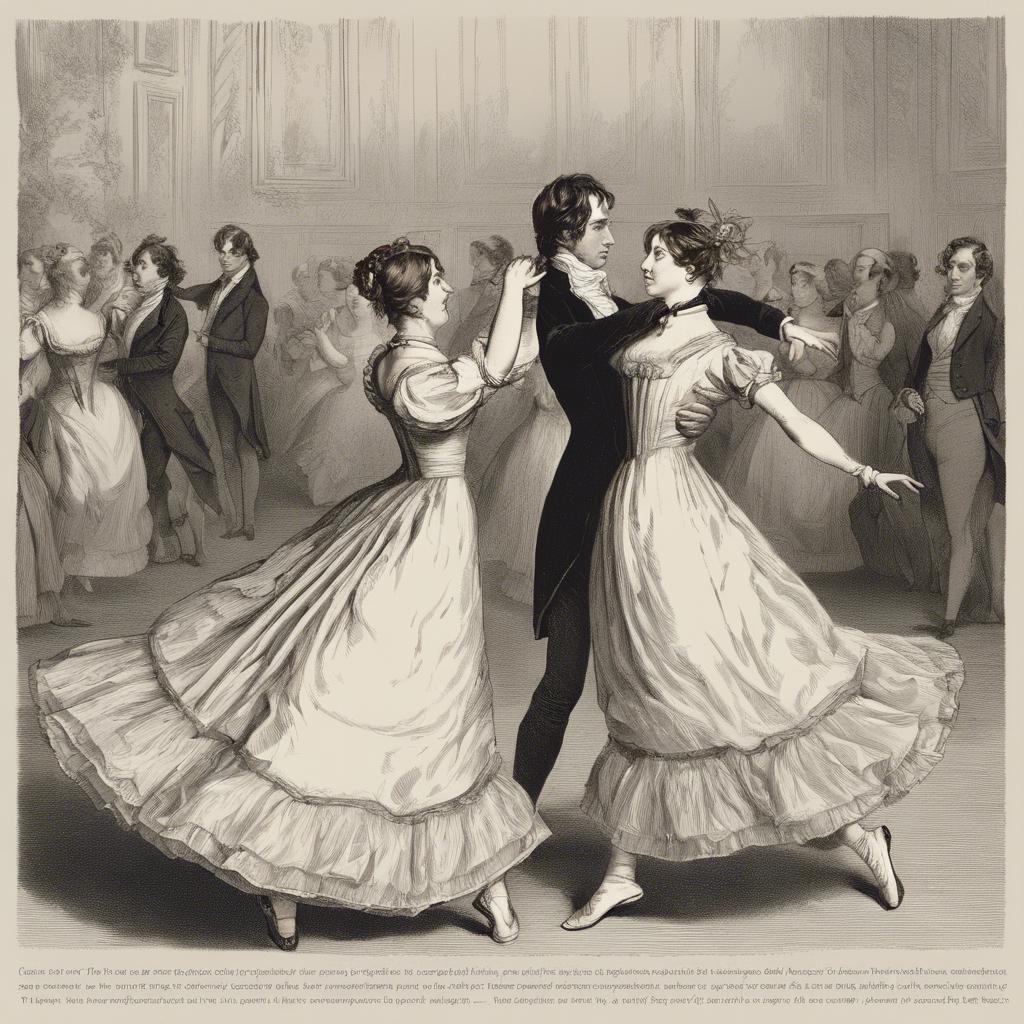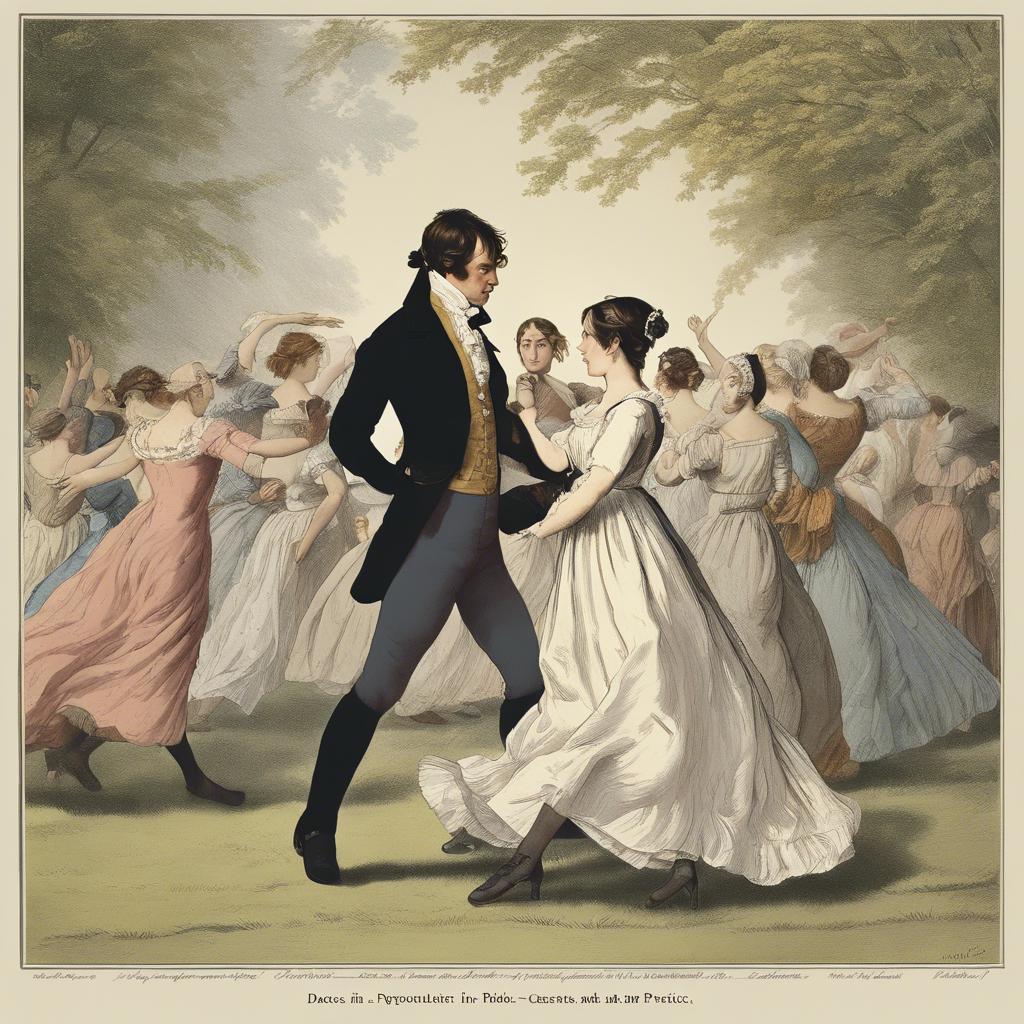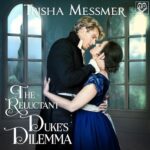During the Regency era in England, social events such as balls and dances held great significance in the lives of the upper class. In Jane Austen’s iconic novel “Pride and Prejudice”, dances played a central role in shaping the interactions and relationships between characters. This article explores the importance of dances in “Pride and Prejudice”, examining how these social gatherings served as a backdrop for courtship, intrigue, and societal conventions in 19th century England.
Step Into the World of Cheryl Bolen
Dive into the enchanting stories of love, intrigue, and elegance set in the Regency Era. Cheryl Bolen's novels offer timeless romance and captivating tales that will leave you wanting more.
Explore Cheryl Bolen's Books Now
The Significance of Dance in Pride and Prejudice
In Jane Austen’s beloved novel “Pride and Prejudice,” dance plays a significant role in the social interactions and courtship rituals of the characters. The numerous balls and dance parties depicted in the story serve as key settings for the development of relationships, both romantic and otherwise. Through these dance scenes, Austen masterfully conveys the societal norms, class distinctions, and personal dynamics that shape the characters’ lives.
Key Points:
- Dance as a form of social etiquette: In the Regency era, the ability to dance was not just a leisurely skill but also a crucial aspect of one’s social standing. The characters in “Pride and Prejudice” must navigate the intricate world of ballroom dances to adhere to societal expectations and gain favor among their peers.
- Symbolism of dance in courtship: The dance scenes in the novel are not merely moments of entertainment, but rather symbolic representations of courtship and marriage. Partnerships are formed, misunderstandings arise, and emotions are revealed on the dance floor, showcasing the complexities of romantic relationships in Austen’s world.
Notable Dance Scenes:
| Dance Scene | Significance |
|———————-|—————————————————————————————————————————————————————————–|
| Netherfield Ball | Introduces the main characters and sparks initial attractions between Elizabeth Bennet and Mr. Darcy. |
| Meryton Assembly | Sets the stage for the Bennet sisters to interact with various suitors, highlighting their individual personalities and preferences in regency era quadrille”>dance partners. |
| Pemberley Ball | Marks a turning point in the relationship between Elizabeth and Mr. Darcy, showcasing their growing affection and mutual understanding. |
Exploring the Social Etiquette and Symbolism of Dance in Regency England
In Regency England, dances played a crucial role in the social etiquette of the time, serving as a means for individuals to communicate and interact within the confines of polite society. From the grand ballrooms of London to the intimate gatherings of the countryside, dance was a form of expression that conveyed status, manners, and social connections. In Jane Austen’s iconic novel “Pride and Prejudice,” dances are featured prominently throughout the story, offering insight into the subtle nuances of courtship and societal expectations during this period.
Dances in “Pride and Prejudice” were not merely recreational activities but served as a platform for individuals to display their grace, refinement, and social skills. The intricate steps and elegant movements of the dancers reflected their upbringing, education, and social standing, making it a highly significant aspect of Regency society. Partners were carefully chosen based on rank and reputation, with each dance serving as a carefully orchestrated performance that showcased the participants’ compatibility and chemistry.
Moreover, the symbolism of dance in “Pride and Prejudice” extended beyond mere physical movements, representing the complex dynamics of relationships and the power dynamics at play in Regency society. The choice of dance partners, the propriety of the movements, and the subtle glances exchanged during the dances all contributed to the intricate dance of courtship and social maneuvering. Through the lens of dance, Austen masterfully unraveled the complexities of human interaction and societal expectations, making it a central theme in her timeless exploration of love, class, and human nature.
Analysis of Key Dance Scenes in Pride and Prejudice
In Jane Austen’s Pride and Prejudice, the dance scenes play a crucial role in the development of the plot and the relationships between the characters. One of the most memorable dance scenes is the Netherfield Ball, where Mr. Darcy and Elizabeth Bennet share their first dance. This scene sets the tone for their complex relationship, with Mr. Darcy’s aloof demeanor contrasting sharply with Elizabeth’s lively and spirited personality.
Another key dance scene is the Meryton Assembly, where Mr. Bingley first lays eyes on Jane Bennet. The dance provides a backdrop for their budding romance, as Mr. Bingley is immediately taken with Jane’s beauty and grace. Meanwhile, Elizabeth finds herself drawn to Mr. Wickham during the same assembly, leading to further complications in the story.
The dances in Pride and Prejudice serve as a reflection of the social norms and expectations of the time period. They provide opportunities for the characters to interact, form opinions of each other, and ultimately drive the narrative forward. Whether it is a formal ball or a country assembly, each dance scene reveals new layers of the characters’ personalities and motivations, adding depth and complexity to the story.
Recommendations for Adapting Regency Dances for Modern Settings
Incorporating Regency dances into modern settings can be a delightful way to add an elegant touch to any event. Drawing inspiration from the dances featured in the iconic novel “Pride and Prejudice,” such as the lively Country Dance or the graceful Cotillion, can bring a sense of sophistication and romance to gatherings. Here are some recommendations for adapting these classic Regency dances for contemporary settings:
1. Simplify the Steps: While the intricate footwork of Regency dances may seem daunting, simplifying the steps can make them more accessible to modern participants. Focus on the basic movements and patterns of each dance, allowing for a more relaxed and enjoyable experience for dancers of all skill levels.
2. Update the Music: Consider incorporating modern music with a Regency flair to accompany the dances. By blending traditional melodies with contemporary beats, you can create a unique and vibrant atmosphere that appeals to a wider audience. Alternatively, live musicians playing period-appropriate instruments can add an authentic touch to the dancing experience.
3. Create a Welcoming Environment: To enhance the overall ambiance of the event, pay attention to the venue decor and lighting. Soft candlelight, floral arrangements, and period-inspired decorations can transport guests back in time and set the stage for an unforgettable evening of Regency dancing. Remember to encourage attendees to dress in attire reminiscent of the era for a truly immersive experience.
| Dance Style | Characteristics |
|---|---|
| Country Dance | Lively group dance with simple steps and formations |
| Cotillion | Elegant dance featuring intricate patterns and changing partners |
Key Takeaways
the dances depicted in “Pride and Prejudice” offer a captivating window into the social dynamics and customs of Regency-era England. Through the intricate choreography and precise etiquette of the ballroom, characters are able to communicate their emotions, desires, and aspirations in a subtle and sophisticated manner. These dances serve not only as a means of entertainment, but also as a reflection of the complex interactions and power dynamics at play in Austen’s world. As we continue to explore this timeless novel, let us remember the significance of the dances and the role they play in shaping the characters and their relationships.


